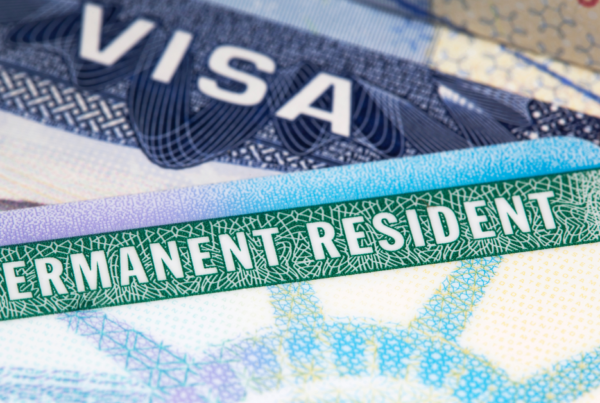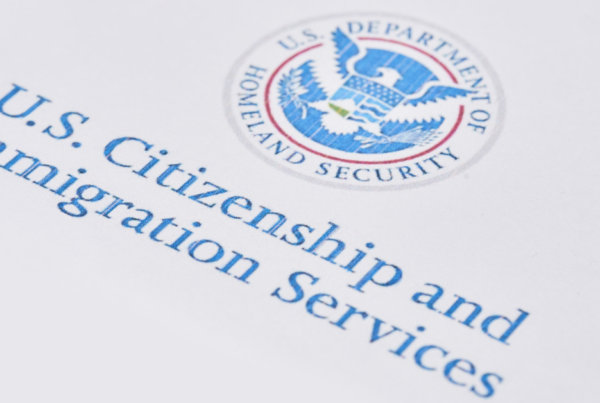
Today we are talking about immigration in California, most specifically we’re covering everything you need to know about asylum.
Immigration in California: What You Need to Know About Asylum
Asylum is granted to foreign nationals who are already within the United States or who are arriving at the border and who meet the legal international definition of a “refugee.” According to the United Nations 1951 Convention and 1967 Protocol, a refugee is “a person who is unable or unwilling to return to his or her home country, and cannot obtain protection in that country, due to past persecution or a well-founded fear of being persecuted in the future “on account of race, religion, nationality, membership in a particular social group, or political opinion.” Having signed to the 1967 Protocol, and under U.S. immigration law, the United States is required to provide for those individuals who qualify as refugees.
How Do You Gain Refugee Status?
So, how do you gain refugee status in the United States? Well, there are two paths to gaining refugee status. Firstly, refugee status is gained by being a refugee overseas who is resettled in the United States. Secondly, refugee status can be gained by seeking asylum in the United States.
Seeking Asylum
Someone who is given asylum in the United States is someone who is protected from being returned to their original country because of the fears mentioned above. As an asylee, you are entitled to work within the United States, you can apply for a social security card, you can apply to travel overseas, and you can petition for your family members to be brought to the United States. As an asylee, you may also be eligible for various government programs designed to support those in need including refugee medical assistance and Medicaid.
After being an asylee for one year, you may apply for lawful permanent resident status. Once granted lawful permanent resident status you will receive a green card. After four years of being a lawful permanent resident, you can apply for citizenship.
Changes…
It’s no secret that under the Trump administration, the entire immigration system is being adjusted, altered, and rewritten with a bias towards denying immigrants the opportunity to live in the United States.
One such change took place as a result of the Migrant Protection Protocols (MPP). Under this program, asylum seekers from Mexico must be sent back to Mexico to await their court date in the U.S. immigration courts. This is troublesome for multiple reasons – the first being that asylum seekers are seeking safety from their country and to send them back (even for a short period of time) is a breach of the Protocol signed by the United States. Secondly, the current backlog for U.S. immigration courts means that these asylum seekers must wait months, even years, before being allowed entry to the U.S. for their court date. MPP was struck down by the Ninth Circuit as being a violation of the law, but the Supreme Court put a hold on the decision and it still remains on hold in the appeals process.
Furthermore, in July 2019, the Department of Homeland Security made an additional ruling that any asylum seeker who passed through another country on their way to seeking asylum in the U.S. and who did not seek asylum in that country first, is banned from seeking asylum in the U.S. Again, the Ninth Circuit struck down this ruling, but, again, the Supreme Court put the decision on hold and it remains there while the appeals process is underway.
More recently, at the end of 2019, the Department of Homeland Security implemented an “Asylum Cooperative Agreement”. This agreement was first made with Guatemala and then served as the basis for a future agreement with Honduras. This “agreement” differed slightly for each country, but the basis of the agreement is that a safe third country comes into play. Under this plan, individuals who are seeking asylum in the United States are instead sent to a third “safe” country where they are required to seek asylum. When placed in a “safe” third country, these asylees are no longer allowed to seek asylum or any protection in the United States – this includes the withholding of removal.
The Asylum-Seeking Process
What does the process of seeking asylum consist of? Well, the initial step is to file an application for asylum. Once that application is processed, you will be screened for reasonable and credible fear to ensure that you qualify for asylum status. After this, you will be given a date for a hearing or an interview…of course, this could be years from the original application date.
A Not–So-Timely Process
The process of seeking asylum is a lengthy one and under the current pandemic and the recent changes to immigration law, it has become even lengthier. For some people, this means that it can be years before asylum seekers cases are concluded. This is one reason why it’s crucial to consult with an experienced and reputable immigration attorney who can ensure that everything goes as smoothly and quickly as possible.
Do You Need Assistance when it Comes to Immigration in California?
Do you live in or around Pasadena, California and need assistance from a reputable immigration attorney? We can help! Give us a call today at 626-683-3451 and tell us how we can help you to find your way through the U.S. immigration system.



